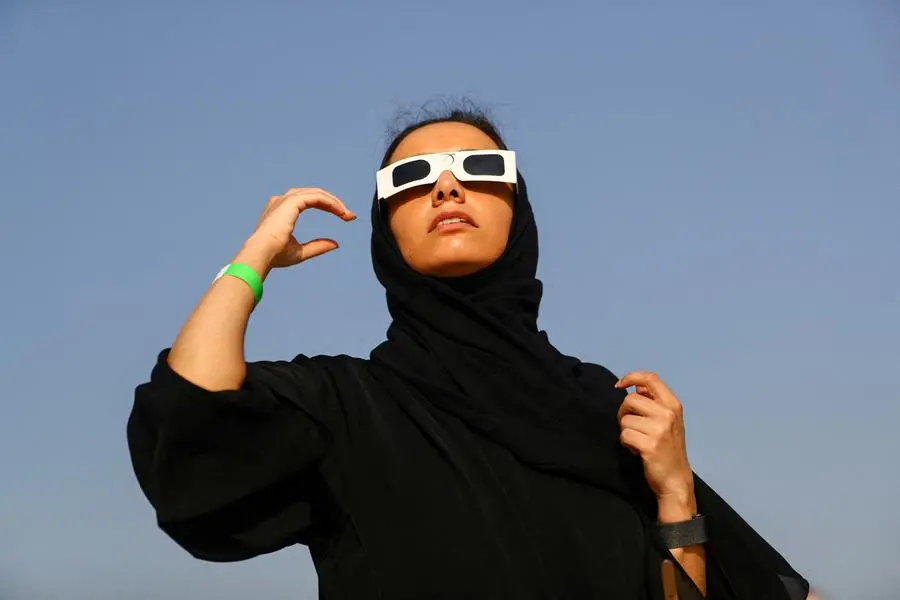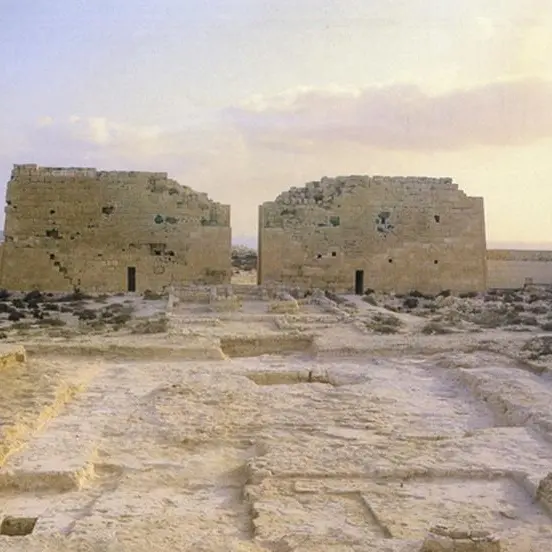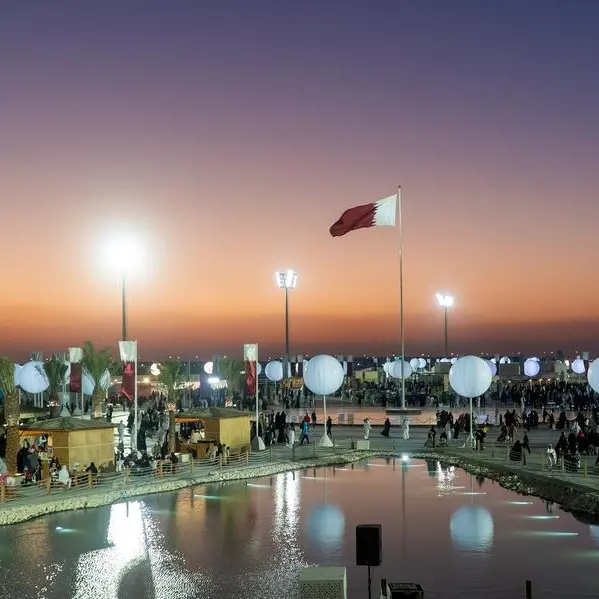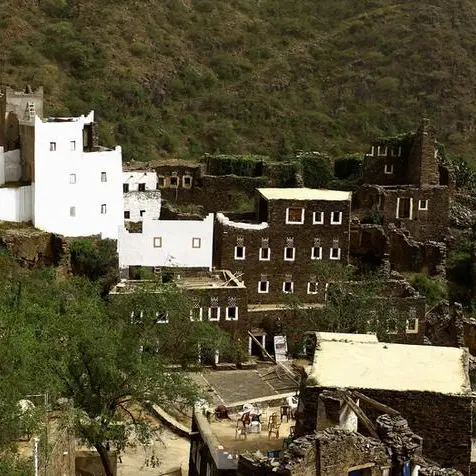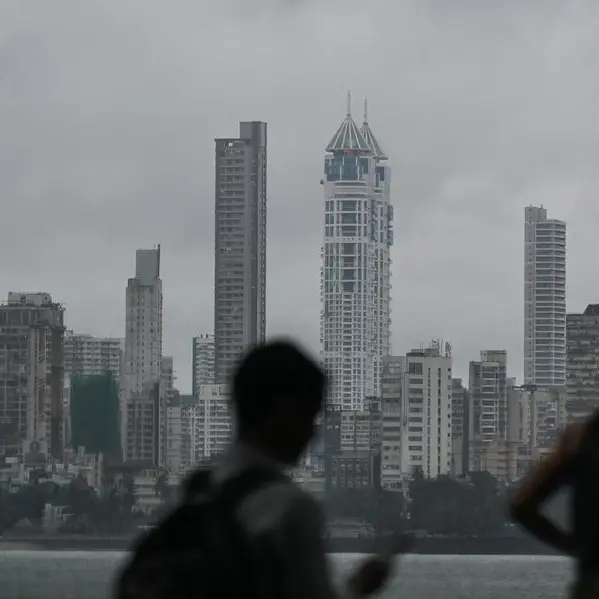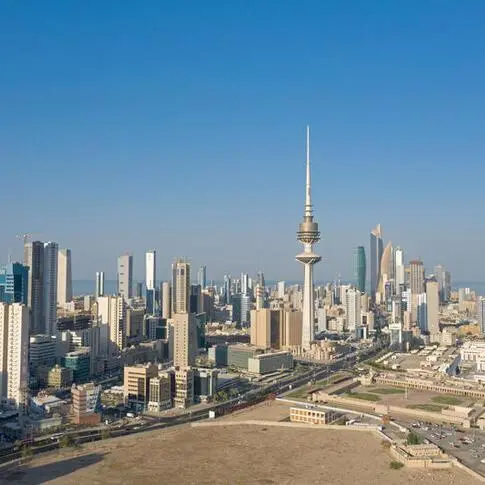PHOTO
There will be a total solar eclipse on April 8 when the moon will cover the sun, casting a shadow on Earth. This spectacular celestial event will cross North America, passing over Mexico, the United States, and Canada. The total solar eclipse will begin over the South Pacific Ocean.
How does that affect the Muslim world? The birth of the Shawwal crescent, which marks the end of the holy month of Ramadan, will coincide with the solar eclipse on April 8, at 10.22pm UAE time, according to the Emirates Astronomical Association.
Shawwal is the 10th month of the Islamic (Hijri) calendar and the first day is observed as Eid Al Fitr. The total solar eclipse will influence religious observance and the timing of Eid Al Fitr celebrations across the Islamic world.
Islamic months last either 29 or 30 days, depending on the sighting of the crescent.
The moon will be absent over the western horizon after sunset on April 8, and its birth before dawn will mean the possibility of seeing it after sunset the next day, April 9, in most parts of the Islamic world. This means that Wednesday, April 10, 2024, will mark the lunar birth, the first day of Shawwal, and the first day of Eid Al Fitr.
However, the official date of the Eid Al Fitr will be subject to the sighting of the Shawwal moon.
Ibrahim Al Jarwan, Chairman of the Board of Directors of the Emirates Astronomical Association, a member of the Arab Union for Space Sciences and Astronomical Sciences, said that a total solar eclipse will be seen in North America, and it will not be seen in the Arabian Island.
The UAE government has specified that Ramadan 29 to Shawwal 3 will be a public holiday. According to the Gregorian calendar, the holiday dates will be from Tuesday, April 9 to Friday, April 12.
(With inputs from Wam)
Copyright © 2022 Khaleej Times. All Rights Reserved. Provided by SyndiGate Media Inc. (Syndigate.info).
